Category: Bay Area
-
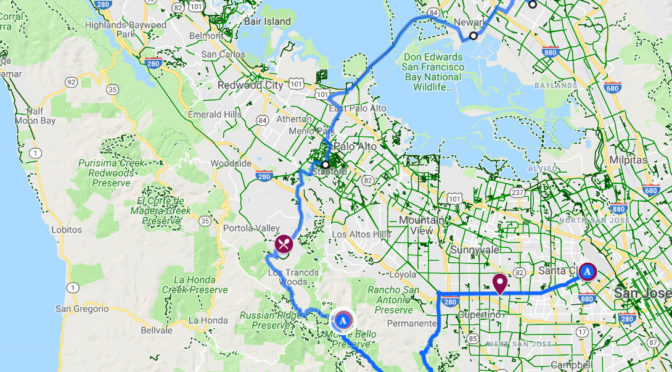
Bike overnight: East Bay to Black Mountain Backpack Camp
Executive Summary and Recommendations This is a 24 hour overnight bike trip, starting and ending in East San Francisco Bay, to Black Mountain Backpack Camp on the peninsula. I took Capital Corridor to Santa Clara on day one (San Jose Diridon would actually be better). There’s not that many trains, so check the schedule (carefully!…
-
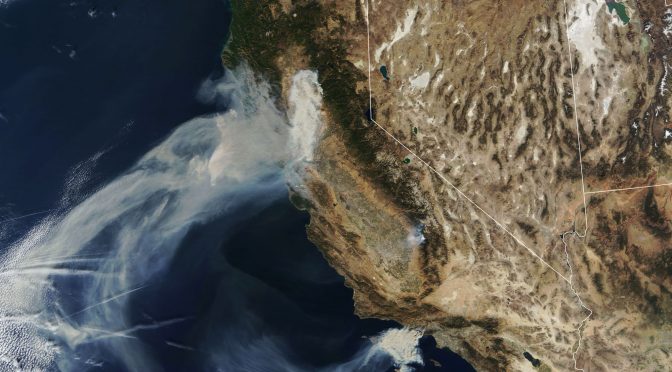
Smoke Days
At first it was the smell of burning leaves, a very nostalgic smell for me, evocative of Indiana in October, back when I was a kid and you could still burn leaf piles. I had never experienced that smell in California before, in eighteen years of living here. I chalked it up to the weirdness…
-
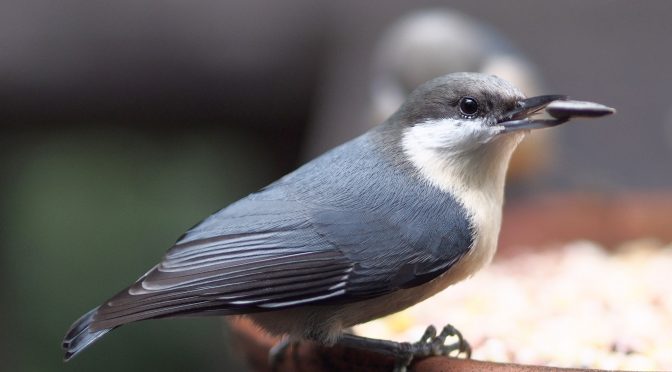
Bird Portraits
I have been working on taking pictures of birds using a portrait lens. These are all taken usually next to a dish of seed. Gear is a Olympus Micro Four Thirds camera (EPM-2) with Oly 45 mm f/1.8 lens (90 mm on a 35mm); Pixel Oppilas remote; Amazon basics tripod or Smallrig clamp tripod.
-
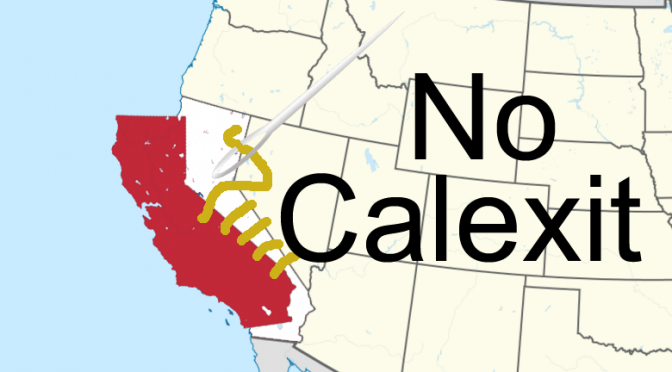
Calexit is not funny. It is a horrible idea.
On the eve of the election I was on Facebook and, as things were starting to look grim, one of my friends posted “Jerry Brown will save us.” I thought that was pretty funny and replied about how one of our mutual friends has a “US Out Of California” shirt and maybe I should get…
-
California Native Lawn Options
In our yard in Oakland California, we have a section that was a sodded lawn when we moved in, but with the drought we stopped watering it. It’s now is a mixture of Oxalis pes-caprae (invasive clover), some “normal” grass, and a few other weeds. We’d like it to be more lawn-like without using that much…
-

Bay Trail Bike Birding
After reading The Thing With Feathers and then Feathers: The Evolution of a Natural Miracle, I started being more interested in birds. Then I bought a Sibley Guide, and it got a little more serious. I’ve always enjoyed the Bay Trail, on several occasions riding SF to Berkeley or the reverse. This weekend I rode from…
-
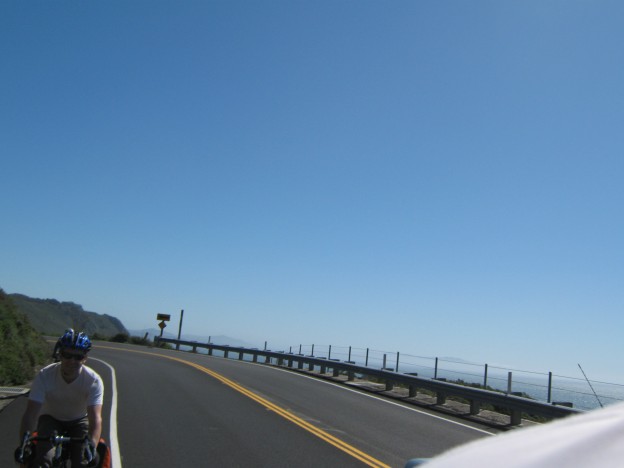
Bike Camping: SF to Point Reyes Sky Camp
Last weekend I was the event host for a trip from San Francisco to Point Reyes with the NorCal Bicycle Touring and Camping Meetup. We ended up getting six people together for the trip, all from San Francisco and Berkeley, except one coming in from Sacramento. I had picked up a camping permit for Sky…
-
Really Sweet PDF Map Of Bay Trail Biking
From the Bay Trail website. Giant (2MB, 30x60in) pdf file of the Bay Trail. http://www.baytrail.org/Maps/Bay_Trail.pdf
-
A Biased And Incomplete Guide To The Bay Area
A friend from college, now living in the UK, recently wrote me to ask where to look when considering a move to the San Francisco Bay Area, with these criteria: Good schools in the area (and I know this makes homes much more expensive!), but we won’t rule out private school if we need to…